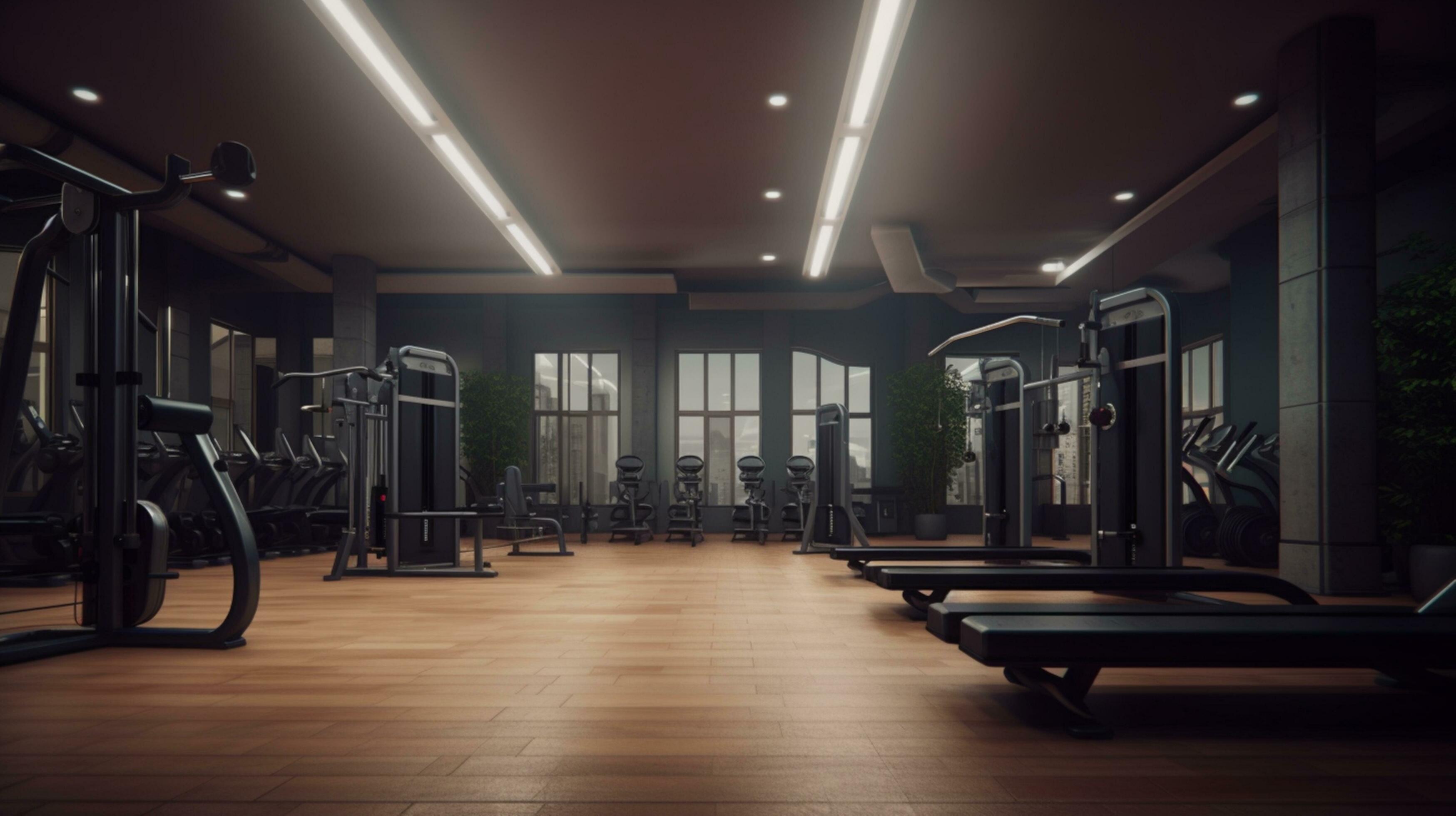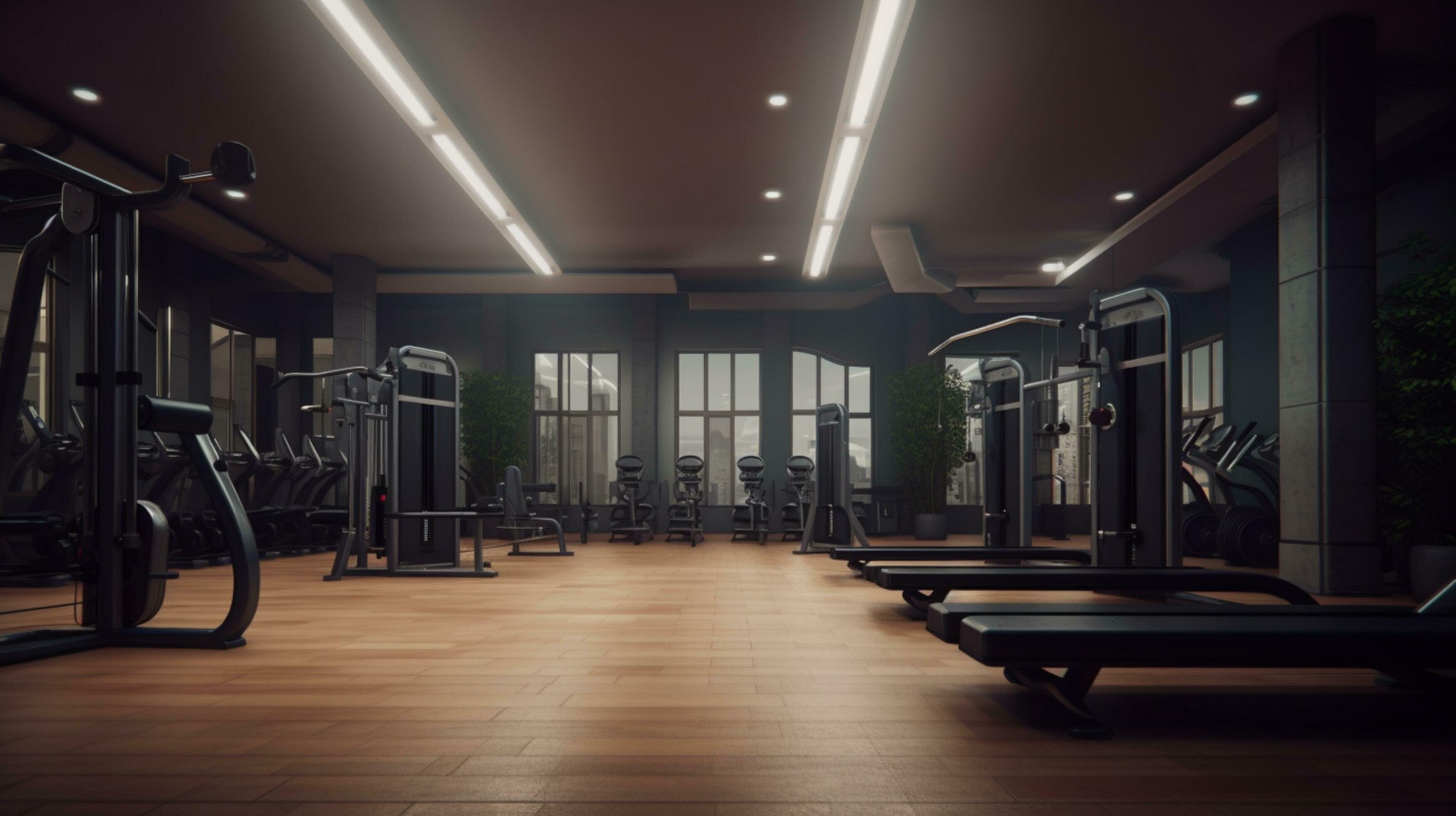-


PowerBlock Elite EXP Straight Bar Barbell
Regular price $199.00Sale price $199.00 Regular price -

PowerBlock Pro EZ Curl Barbell
Regular price $199.00Sale price $199.00 Regular price -
Sold out


PowerBlock Pro 100 EXP Straight Barbell
Regular price $199.00Sale price $199.00 Regular price -

PowerBlock Pro Straight Barbell
Regular price $199.00Sale price $199.00 Regular price -


PowerBlock Sport 24 Straight Barbell
Regular price $199.00Sale price $199.00 Regular price -


PRx Performance Savannah Bar for Adaptive Athletes and Kids
Regular price $120.99Sale price $120.99 Regular price$0.00 -


PRx Performance SupraCurl Barbell
Regular price $194.99Sale price $194.99 Regular price -


PRx Performance Olympic E-Z Curl Barbell
Regular price $136.99Sale price $136.99 Regular price$129.99
Barbells & Specialty Bars
Equip your home gym with premium barbells designed for strength training, powerlifting, and specialized movements. Our collection includes olympic barbells, curl bars, and specialty weight bars built to professional standards with superior knurling, rotation, and durability for years of heavy lifting.
- Olympic Barbells: Standard 7-foot weight bars with 2-inch sleeve diameter designed for Olympic weight plates and powerlifting movements.
- Curl Bars: EZ curl barbells with angled grips reduce wrist strain during bicep curls, skull crushers, and arm isolation exercises.
- Specialty Bars: Adaptive and youth-sized bars engineered for specific training needs, athletes, and accessibility requirements.
- Professional Construction: Hardened steel shafts, precision bearings, and aggressive knurling for secure grip under heavy loads.
- Versatile Barbell Sets: Complete weight bar solutions for compound movements, accessory work, and progressive strength development.

Frequently Asked Questions
What's the difference between an olympic barbell and a standard weight bar?
Why should I use a curl bar instead of a straight barbell?
How much weight can these barbells hold?
What does the knurling pattern affect?
Do I need different barbells for different exercises?
What's the standard length and weight of an olympic barbell?
Should barbells have rotating sleeves?
How do I maintain and store barbells?
What's the difference between chrome, zinc, and bare steel finishes?
Can I use olympic barbells with standard weight plates?
What's a good starter barbell set for a home gym?
How much flex should a barbell have?
Buying Guide
Bar Type
- Olympic Barbell: 7-foot, 45-pound standard for compound lifts, squats, deadlifts, bench press.
- Curl Bar: Angled grip EZ bar for bicep curls, tricep work, reduced wrist strain.
- Specialty Bars: Adaptive, youth, or training bars for specific needs and populations.
Construction Quality
- Shaft Material: Hardened steel with 180,000-215,000 PSI tensile strength for durability.
- Sleeve Rotation: Bushing or bearing systems for smooth plate rotation during lifts.
- Finish: Chrome, zinc, bare steel, or stainless—affects grip, corrosion resistance, maintenance.
Weight Capacity & Specs
- Load Rating: Olympic bars hold 700-1,500+ pounds; specialty bars typically 200-400 pounds.
- Knurling: Aggressive for grip or moderate for comfort; check for center knurl and placement marks.
- Warranty: Look for lifetime warranties on shafts, multi-year coverage on sleeves and finish.
Featured Barbells

Elite EXP Straight Bar $199
PowerBlock straight barbell attachment designed for use with Elite EXP dumbbells for barbell-style training.

Olympic EZ Curl Bar $137
PRx Performance olympic EZ curl barbell with angled grips for comfortable arm training and reduced wrist strain.

Savannah Bar $121
Specialty training bar designed for adaptive athletes and youth lifters with appropriate weight and sizing.
Key Benefits
Aggressive knurling patterns and proper shaft diameter provide secure grip during heavy compound movements without excessive hand fatigue.
Bushing or bearing systems allow plates to rotate independently, reducing wrist torque during Olympic lifts and improving movement efficiency.
Hardened steel construction with high tensile strength supports progressive overload from beginner weights through advanced powerlifting totals.
Curl bars and specialty barbells optimize biomechanics for specific exercises, reducing joint stress while maximizing muscle engagement.
Quality barbells maintain straightness, sleeve function, and knurling effectiveness for 15-25+ years with basic maintenance.
Olympic barbells follow universal standards for weight, length, and sleeve diameter, ensuring compatibility with all olympic weight plates.
Compare Options
| Model | Type | Best For | Price | Shop |
|---|---|---|---|---|
| Elite EXP Straight Bar | Specialty/Attachment | PowerBlock Elite EXP dumbbell system barbell attachment | $199 | View Details |
| Olympic EZ Curl Bar | Curl Bar | Arm training, bicep curls, tricep extensions with ergonomic grip | $137 | View Details |
| Savannah Bar | Youth/Adaptive | Adaptive athletes, youth lifters, specialized training needs | $121 | View Details |
Space & Setup
| Consideration | Recommendation |
|---|---|
| Storage Space | Store barbells horizontally on wall-mounted racks or vertically in barbell holders. 7-foot olympic bars need at least 7.5 feet of wall space or vertical storage solution. |
| Training Area | Allow 8-10 feet of clearance length and 6-8 feet of width for barbell exercises with loaded plates. Consider ceiling height for overhead movements. |
| Flooring | Rubber gym flooring (3/4 inch minimum) or lifting platform recommended to protect bars and subfloor from dropped or racked weights. |
| Weight Plate Storage | Pair barbells with plate storage racks or trees positioned within easy reach. Organize by weight for efficient loading and exercise transitions. |
| Rack Compatibility | Ensure olympic barbells fit your power rack, squat stand, or bench press setup. Standard 7-foot bars work with racks up to 50 inches wide internally. |
| Climate Control | Store in climate-controlled space when possible. Humidity accelerates rust on bare steel bars. Chrome and stainless finishes handle varied conditions better. |
Delivery Path Checklist
Olympic barbells ship in 7+ foot boxes. Verify clear path from delivery point to storage location.
Have wall rack, vertical holder, or horizontal storage ready before delivery to properly store bars immediately.
Check for shipping damage, verify straightness by rolling on flat surface, test sleeve rotation before accepting shipment.
Wipe down with clean cloth, apply light oil to bare steel bars, brush knurling to remove packing residue.
Care, Warranty & Shipping
Barbells require minimal maintenance for decades of use. Store horizontally or vertically to prevent warping. Wipe down after use to remove sweat and chalk. Brush knurling periodically to maintain grip texture. Apply light machine oil to bare steel bars quarterly to prevent rust. Chrome and stainless finishes need only occasional cleaning. Most quality barbells include lifetime warranties on shafts with multi-year coverage on sleeves and finishes. See product pages for specific warranty terms and shipping details.

















